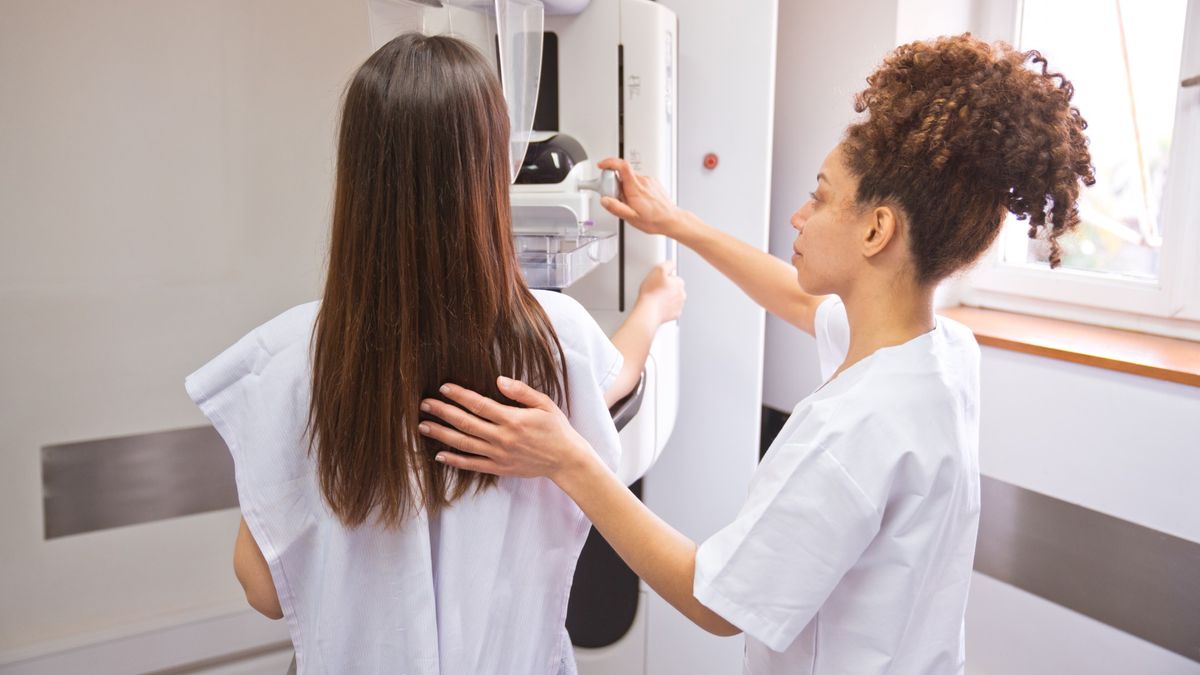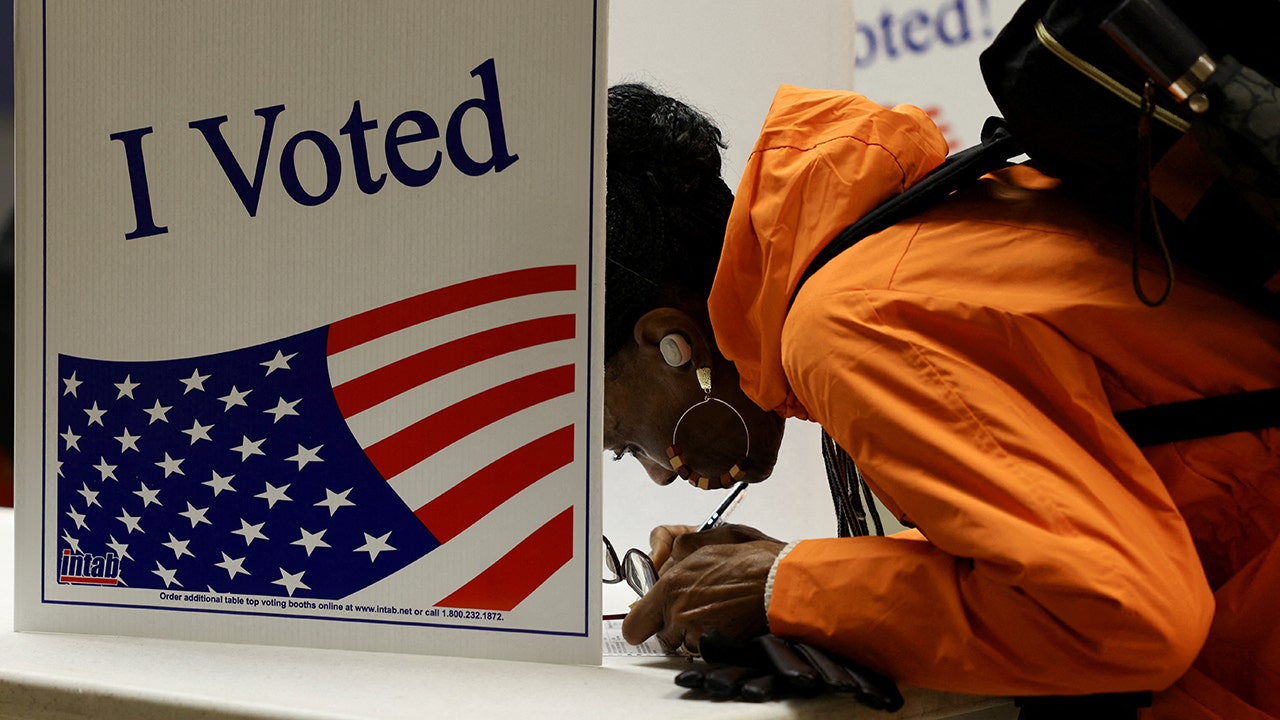Ever wanted to catch a glimpse of the elusive Arctic answer to a rainbow, the northern lights? Good, because there’s never been a better time than this winter.
Thanks to a quirk of solar physics, the aurora borealis is primed for a peak parade as the sun’s activity is at max (the feistier it flares in space, the wilder and more impressive the show right here on Earth).
Experts say it’s likely to be the finest chance to spy them in two decades.
And you don’t have to trek to Norway or Iceland to glimpse them, either: Some of the best perches for aurora chasers are right over the border.
“We have an advantage in North America because the geomagnetic north pole is closer to Canada, and so we can see the aurora at lower latitudes than in Europe,” explained Vincent Ledvina, whose obsession with the phenom has earned him the nickname “the Aurora Guy.” “If you’re in the right place, and it’s clear and dark, you can see it every single night.”
But whether is a brief burst at 3 a.m., or a long show around midnight, come ready to stay up late, and sleep in the next day. “You’re going to be working a 5 p.m. to 9 a.m., not a 9 a.m. to 5 p.m.,” said Ledvina.
“Don’t over-schedule yourself as you never know what time the lights will show. And when you’re checking in at a hotel, make sure they know that seeing the lights is key for your visit,” advised Scott Dunn travel specialist Angela Malek. “Most properties will offer a Northern Lights wake-up call.”
There are three key spots to see them, Canuck-style. First, there’s Yellowknife, a town in the Northwest Territories just a 2-hour flight north from Calgary. It’s barely 250 miles south of the Arctic Circle with terrain that’s particularly flat and therefore ideal for wide-ranging views.
Yellowknife is right under the “auroral oval” — the latitude where northern lights are always spotted — and far from the ocean, which mean stable weather. It also offers a chance to experience indigenous culture: Stay at Aurora Village, with 21 traditional tepees. Chipewyan Joe Buffalo Child is the best guide there, sharing how the lights were viewed by the earliest Canadians.
You can also opt for Canada’s other northernmost province, the Yukon, from the base of Whitehorse. “It’s right south of the auroral oval, but you get it pretty much every night,” Ledvina said.
This is the best option if you’re keen to combine aurora chasing with adventure sports, whether snowmobiling on Lake Laberge or hiking the preserve. However, it’s so far north that there’s midnight sun in summer, making the viewing season here shorter.
Arctic Range Adventure run four-day tours here from around $750 per person, which includes a visit to the geothermal Eclipse Nordic Hot Springs. Try to win the hair-freezing contest: It runs every winter (the winner of each category, including Best Beard, scores close to $1,500 in cash).
The smartest all-round base, though, is undoubtedly Churchill in Manitoba’s far north. There’s ample wildlife to spot when you’re waiting for the lights to appear, from wolves and arctic foxes to beluga whales (the population of polar bears in the area is close to 1,000, nearly guaranteeing a chance to see them).
Brendan McEwen, born and bred in the town, is now a guide for Frontiers North Adventures there. It runs tours starting at around $5,200 per person, packing days with cultural experiences and the nights with aurora chases.
These run in February and March, he explained, when the nights are at their coldest, better to freeze the water crystals in the air and create the clearest conditions. Smartphone tech has improved so much that you can rely on that camera to capture what you see, but don’t run out of juice. “The extreme cold can drain your batteries,” he warned.
Aurora Guy Ledvina said your phone can be helpful in other ways. Our eyes often struggle to discern the details of a subtle light storm, so take a snap when you spot what might be the aurora.
“It might not be a pretty picture, but if you see some sort of green or red or purple, you can tell it’s not a normal cloud,” he said. Another tip: Use a flashlight and shine it under your chin, “Blair Witch”-style, and it will trick your eyes into switching to daytime mode when they will better detect color details. Just make sure to wrap up warm and bring some gloves — the average temperature in winter is below 7 degrees.
















